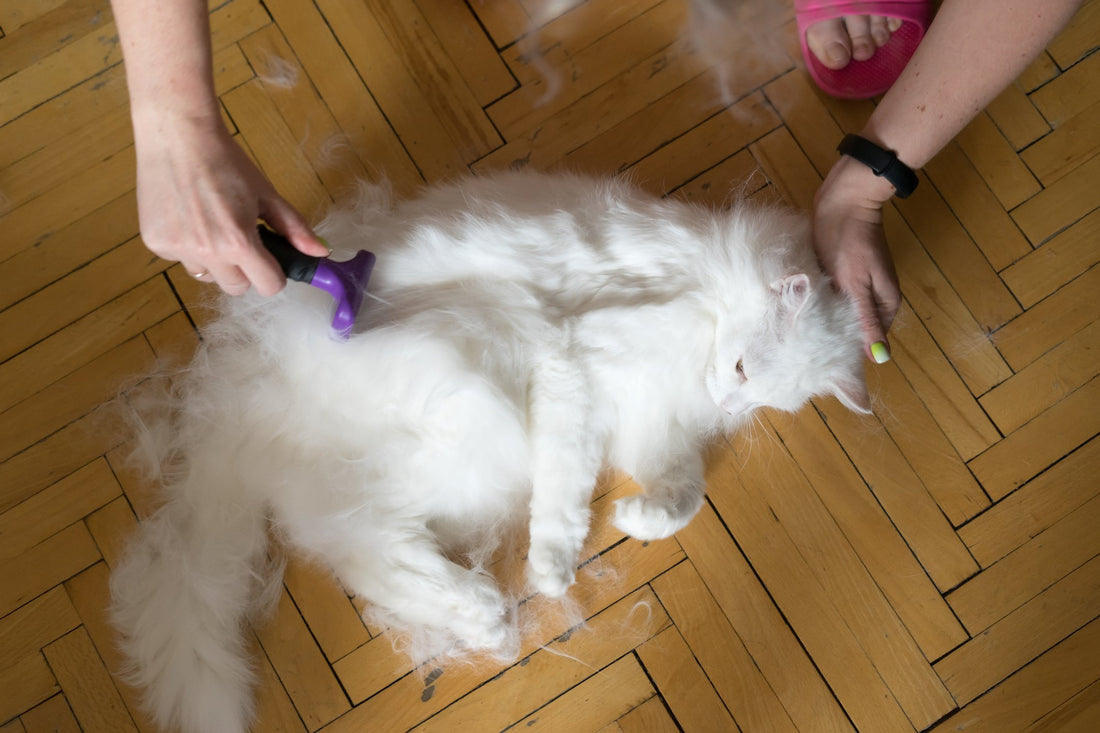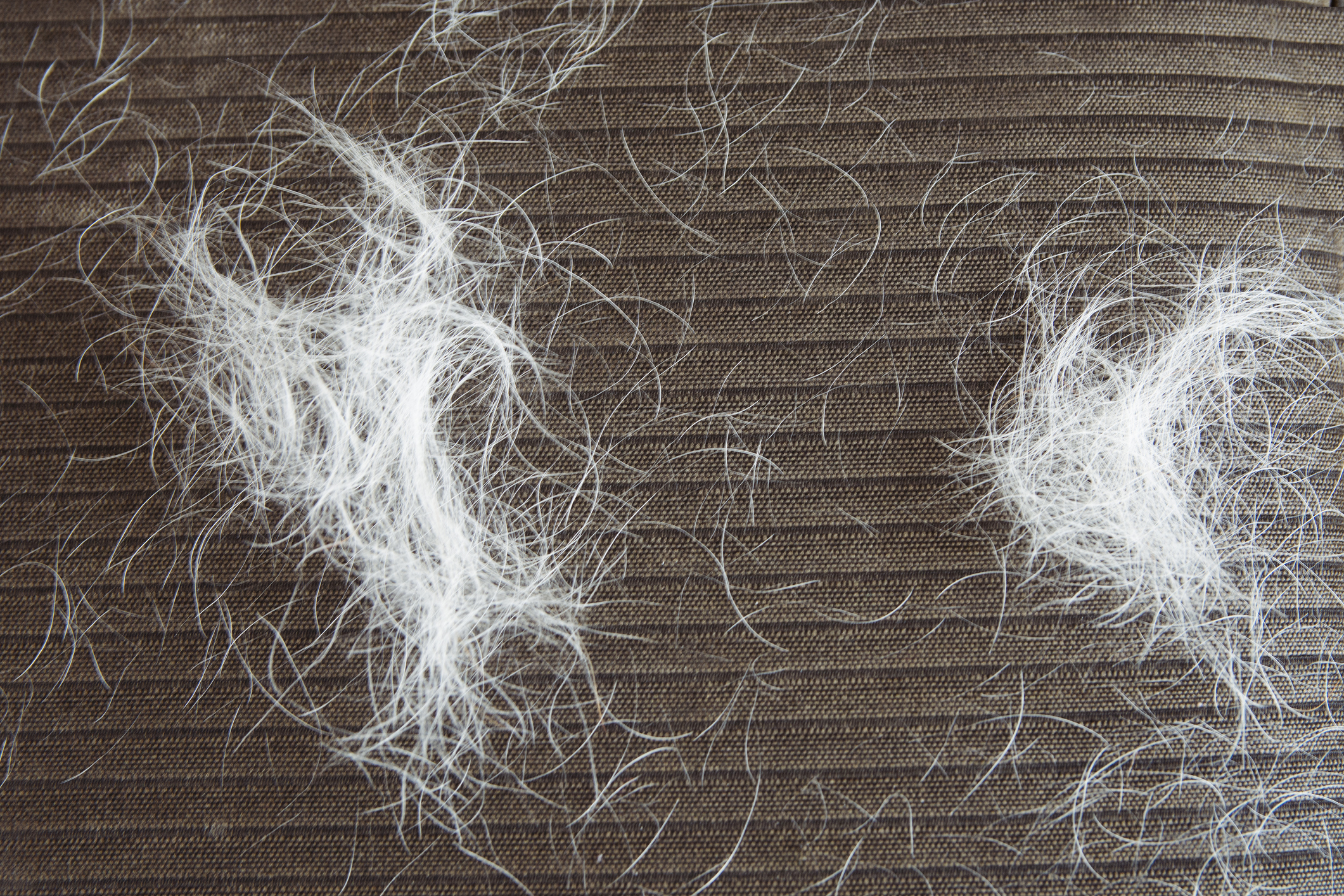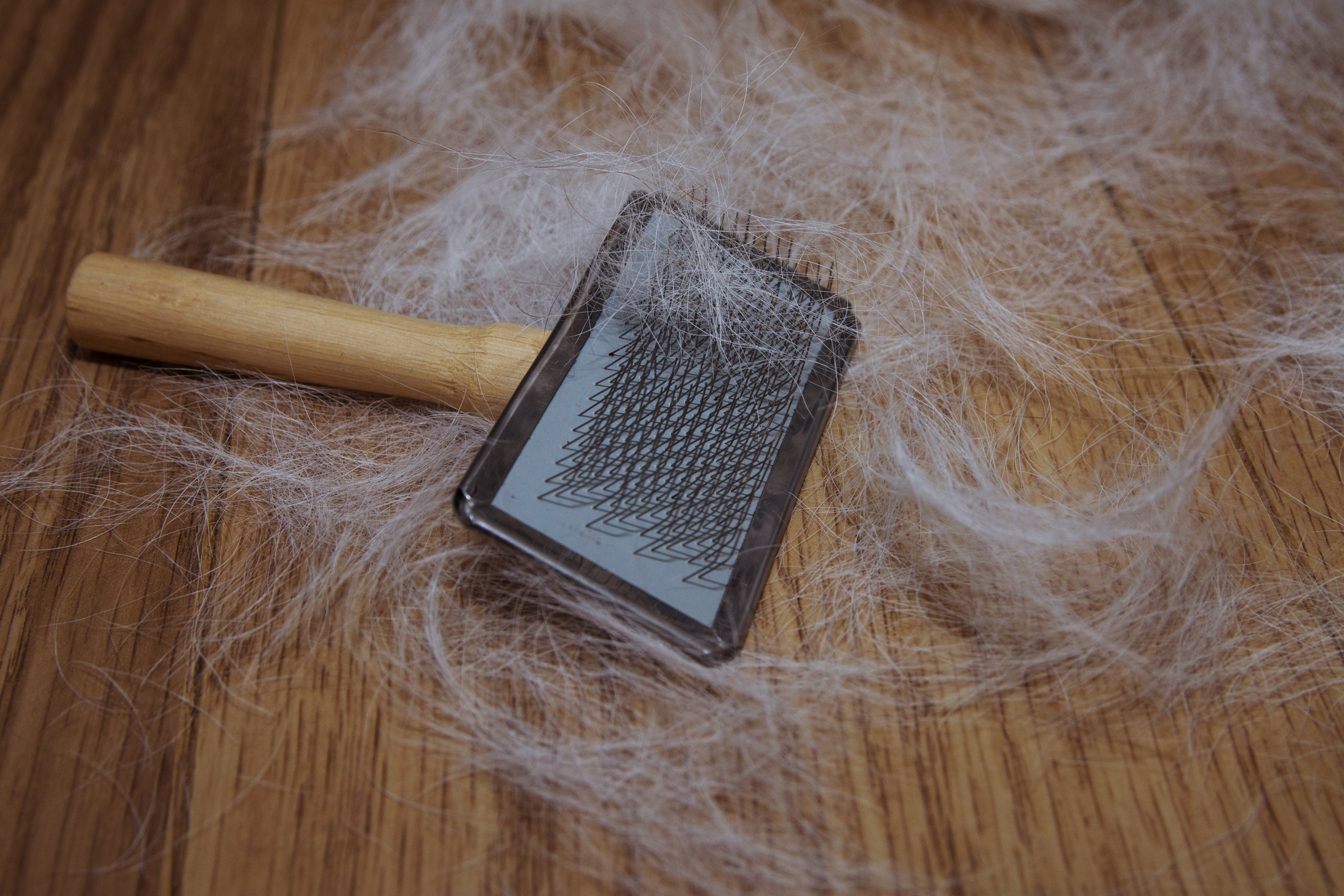
Are You Prepared for Your Cat's Springtime Shedding?
There are many telltale signs that spring has finally sprung. The first robin sighting of the year, the first tulip to bloom…cat hair covering everything you own. That’s right—when your cat starts parting ways with their undercoat, you can expect it’s soon to get warmer. Most cat owners don’t even bother with a groundhog—they just wait for their cat to start dropping fur!
Seasonal shedding is common and normal for cats of all breeds. For long-haired cats especially, expect to live life surrounded by shed fur for at least the next month or so. Even short-haired cats drop some of their winter undercoat as they prepare for more temperate weather.
If you’re a new cat owner, this kind of shedding can be a little concerning at first, and you might think there’s something wrong with your feline friend! Rest assured, shedding is common and normal. Here’s why.
Part of the seasonal cycle
Your cat has a very special circadian rhythm. Just like you keep a routine sleep schedule and maintain your body’s biological processes by relying on yours, your cat does the same for seasonal shifts. Their bodies are finely tuned to tell them when the days are getting shorter and when they’re getting longer, coinciding with seasonal changes. As the days grow shorter, they know winter is coming, and they adapt by growing a thicker undercoat. Lengthening days herald springtime and better weather, causing them to drop it.
While this is especially prevalent in wild cats, indoor-only cats also experience seasonal shedding. They spend enough time by the windows to keep their circadian rhythms synced up with the seasons.
Normal shedding vs. too much hair loss

When springtime starts, expect to see everything from small wisps of hair on your sofa to cat hair tumbleweeds rolling around your house. Every cat sheds at different rates and with different levels of intensity, and the amount of hair they’ll ultimately lose depends on things like size, breed and age. So how do you know if your cat is shedding normally versus losing hair due to negative factors like stress or illness?
For starters, give your cat a quick pet. Not only will they sidle up to your leg appreciatively, you’ll get a chance to check their coat. It should feel fluffy and full. If it’s early in the shedding stage, your hand will come away with fur on it. Their fur should also feel gentle—not brittle or coarse.
Expect the shedding to last anywhere from a few weeks to a couple of months. If your cat sheds year-round or in spurts, it’s likely a sign their circadian rhythm is off and they’re not getting enough natural sunlight. If they don’t shed at all, it might be worth a trip to the vet. Likewise, if they’re shedding to the point of bald spots or patches, schedule a vet appointment to see if there’s a bigger problem at play.
How to manage the mess
Shedding can be a nightmare for homeowners. Aside from tumbleweeds of cat hair, your forced air system will likely become a haven for cat hair and dander. Cats are also prone to rubbing themselves on things to coerce shedding… like your furniture, your clothes, your drapery or other pets. Basically, expect cat hair everywhere!
There are a few things you can do to help your cat out, expedite the shedding process and keep your home in manageable condition this spring:
- Brush your cat thoroughly (if they allow it) once or twice each day
- Install a high-efficiency pet-rated furnace filter to trap hair and dander
- Put blankets over your furniture that the cat can rub on and you can easily wash
- Use lint rollers to grab excess fur clinging to clothing or on other surfaces
- Vacuum regularly in areas where your cat lays or grooms themselves

Brushing is the best way to keep the fallout from a shedding cat in check. For long-haired cats, use a stiff-bristled brush or a shedding rake to tease out the shedding undercoat without snarling their fur. This is also a good time to cut out any mats or detangle any areas that may be prone to clumping. For short-haired cats, soft-bristle brushes and combs usually do the trick—although stiffer brushes may be needed for denser coats.
Spring is in the air…and on your furniture
There’s no stopping your cat from shedding excessively when the spring season rolls around. The best you can do is try to stay on top of it. Make it a point to brush your feline friend and give them some extra grooming attention while you wait out their shedding season. Most cats will drop their undercoat in a couple of weeks, so get your lint roller ready


